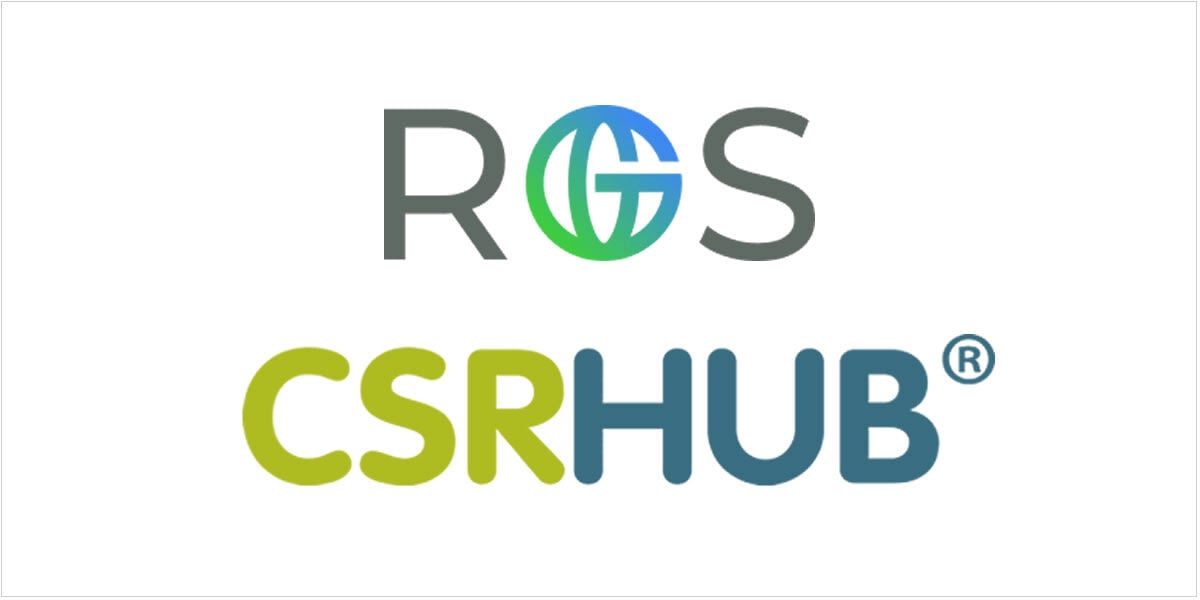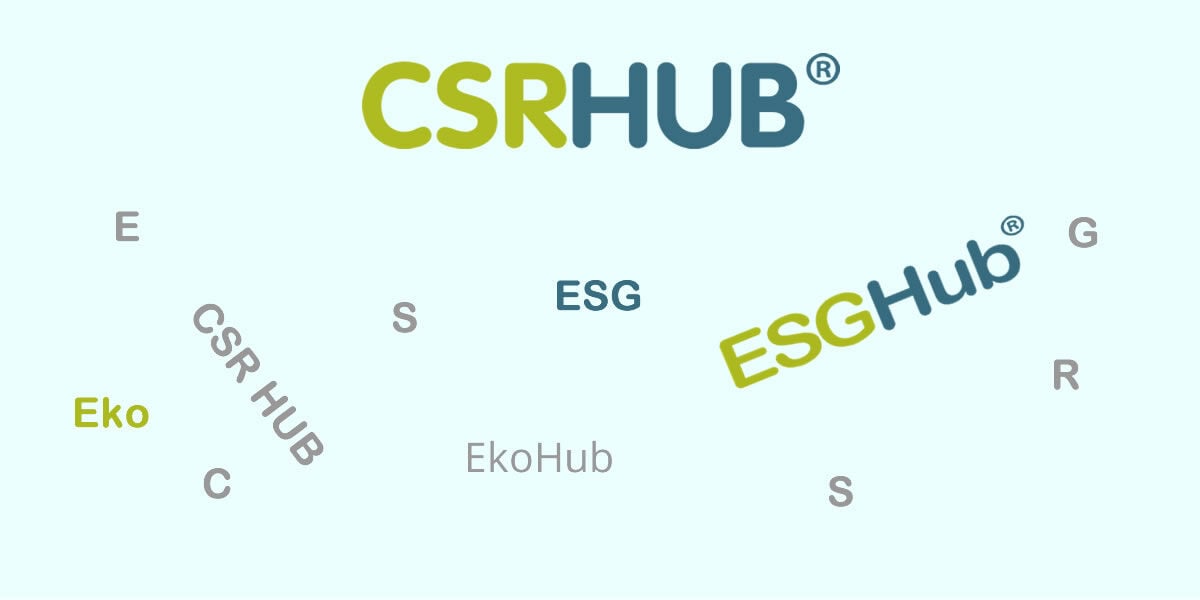This is the second in a 3-part series outlining a framework for pushing C-level executives to improve social responsibility within their company.
Social pressure and steady cajoling will encourage some C-Level executives to adopt sustainable practices and improve their social performance. However, many senior managers have been taught their first responsibility is to maximize return for their investors. They will claim that they cannot invest in projects that are sustainable unless these investments meet their return on investment (ROI) criteria.
Sustainability practitioners claim that reducing waste, cutting energy use, retraining employees, and other projects with great social outcomes have high ROIs. CEOs and CFOs don’t seem to agree. How can these two groups fail to come to the same answer, when they are making a fairly simple calculation?
I believe the main reason for this divergence is that the standard methodology for calculating ROI is biased against sustainable projects. Return On Investment is a ratio. You put the total cost of a project underneath all of the returns from the project. Since the timing of the investment and the returns is different (generally the investment mostly occurs now, while the returns are in the future), you need to discount the future cash flows back to the present. Most companies require the ROI on a project to be above 15 or 20 percent – and some use numbers as high as 40 or 50 percent.
There are problems with each part of the ROI formula, when a sustainability-related project is involved:
Return. Sustainable projects may produce monetary returns such as reduced fuel use, lower waste disposal fees, and fewer governmental fines. However, many of the returns from sustainable behavior don’t translate well into money. For instance, how do you quantify employee happiness, reduced turnover, improved health for the communities the employees live in, enhanced brand appeal to consumers, and so on? Until and unless these types of return are measured, and credit is given in the return calculation for their value, we will underestimate the Return for many sustainability-related projects.
On. On represents the “hurdle rate”—the implied cost to the corporation for the capital it is employing. Many sustainability projects involve new technologies or approaches that have not yet been proven to work within a particular setting. These should get a higher hurdle rate—and therefore a lower ROI. Other projects involve simple changes that have been well proven, and should have a low hurdle rate and higher ROI. All projects that improve a company’s social responsibility probably should get a hurdle rate credit, because they reduce risk from things like climate change, regulation, and brand erosion. Unfortunately, most corporations use their cost of capital as their hurdle rate—and apply the same rate uniformly across all projects. This means that even projects with well-proven processes don’t get the hurdle rate boost they deserve.
Investment. Many good sustainability-related projects require small amounts of capital and need to be implemented locally. As a result, they may not reach the scale needed to attract attention from the C-Suite. Without top-level attention, these projects languish and take much longer to complete than they otherwise would. Sustainability projects may also suffer when they require a human component—personal involvement from management, training, outreach to stakeholders, etc. If a company includes an estimate of the people resources required for a project in its approval process, sustainability-related projects can look less attractive. Of course, this ignores the benefits that sustainability projects may generate via team building and positive employee engagement.
The following table shows how dramatically relatively small sustainability-related adjustments could affect the ROI calculation for a project.
| Hypothetical Effect of Sustainability On ROI for Co-Generation Power Plant Project |
|||||||
| Investment | Return Year 1 | Return Year 2 | Return Year 3 | Return Year 4 | Return Year 5 | Hurdle Rate | ROI |
| $1,000,000 | $200,000 | $225,000 | $250,000 | $275,000 | $300,000 | 15.0% | -16% |
| Additional investment to make the project more sustainable: | $100,000 | ||||||
| Additional Benefits | |||||||
| Employee retention (reduced annual search and training) | $20,000 | ||||||
| Increased productivity (annual) | $10,000 | ||||||
| Less exposure to future fuel increases (annual cumulative) | $30,000 | ||||||
| Enhanced resale value (only counted at end of project life) | $50,000 | ||||||
| Reduced risk of regulatory intervention (lower hurdle rate) | 2% | ||||||
| Reduced risk of climate disasters (lower hurdle rate) | 0.50% | ||||||
| Investment | Return Year 1 | Return Year 2 | Return Year 3 | Return Year 4 | Return Year 5 | Hurdle Rate | ROI |
| $1,100,000 | $260,000 | $315,000 | $370,000 | $425,000 | $530,000 | 12.5% | 16% |
Until companies are willing to make adjustments like these, ROI is unlikely to be a calculation that will change the C-Suite. So, what’s left? The next post in this three part series will talk about the “Big C”.


